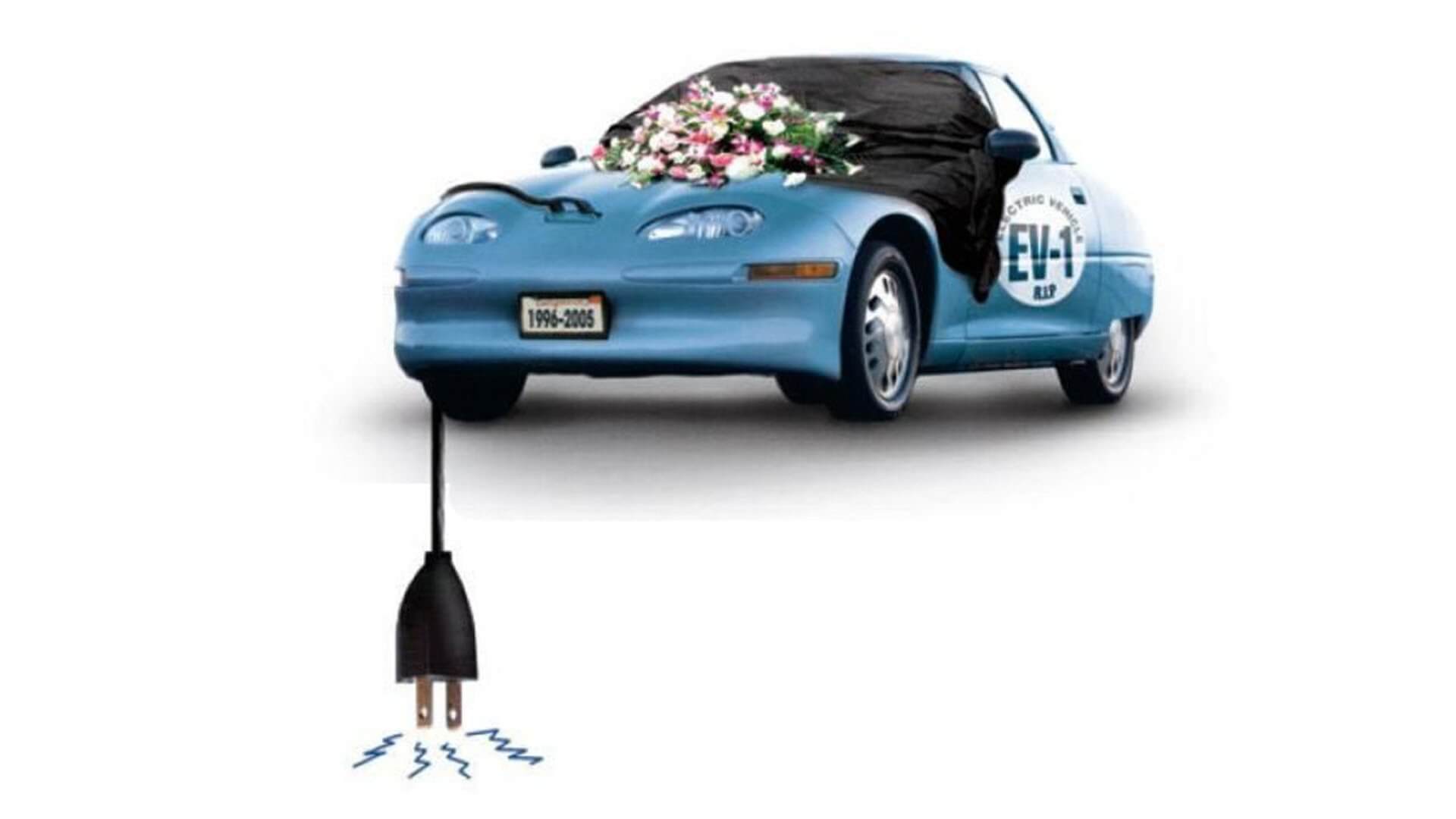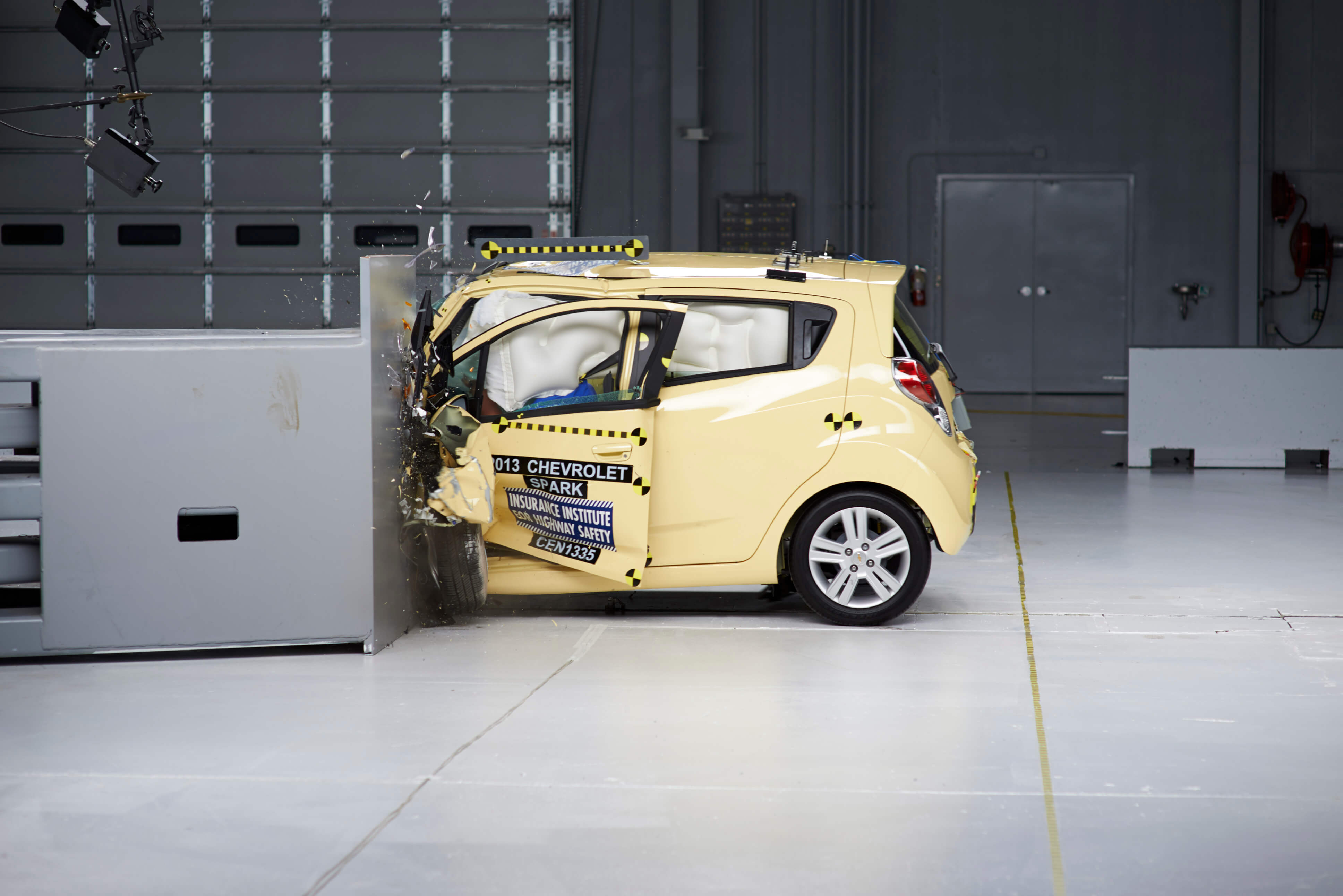description:
Who Killed the Electric Car? is a 2006 documentary film that explores the creation, limited commercialization, and subsequent destruction of the battery electric vehicle in the United States, specifically the General Motors EV1 of the mid 1990s. The film explores the roles of automobile manufacturers, the oil industry, the US government, the California government, batteries, hydrogen vehicles, and consumers in limiting the development and adoption of this technology.
After a premiere at the Sundance Film Festival, it was released theatrically by Sony Pictures Classicsin June, 2006 and then on DVD by Sony Pictures Home Entertainment on November 14, 2006.
During an interview with CBS News, director Chris Paine announced that he had started a new documentary about electric cars with a working title of Who Saved the Electric Car?,[2] later renamedRevenge of the Electric Car, which had its world premiere at the 2011 Tribeca Film Festival on Earth Day, April 22, 2011.
The film deals with the history of the electric car, its modern development, and commercialization. The film focuses primarily on the General Motors EV1, which was made available for lease mainly inSouthern California, after the California Air Resources Board (CARB) passed the Zero-emissions vehicle (ZEV) mandate in 1990 which required the seven major automobile suppliers in the United States to offer electric vehicles in order to continue sales of their gasoline powered vehicles in California. Nearly 5000 electric cars were designed and manufactured by GM, Toyota, Honda, Ford, Nissan, and Chrysler; and then later destroyed or donated to museums and educational institutions. Also discussed are the implications of the events depicted for air pollution, oil dependency, Middle East politics, and global warming.
The film details the California Air Resources Board’s reversal of the mandate after relentless pressure and suits from automobile manufacturers, continual pressure from the oil industry, orchestrated hype over a future hydrogen car, and finally the George W. Bush administration.
A portion of the film details GM’s efforts to demonstrate to California that there was no consumer demand for their product, and then to take back every EV1 and destroy them. A few were disabled and given to museums and universities, but almost all were found to have been crushed. GM never responded to the EV drivers’ offer to pay the residual lease value ($1.9 million was offered for the remaining 78 cars in Burbank before they were crushed). Several activists, including actresses Alexandra Paul and Colette Divine, were arrested in the protest that attempted to block the GM car carriers taking the remaining EV1s off to be crushed.
The film explores some of the motives that may have pushed the auto and oil industries to kill off the electric car. Wally Rippel offers, for example, that the oil companies were afraid of losing their monopoly on transportation fuel over the coming decades; while the auto companies feared short term costs for EV development and long term revenue loss because EVs require little maintenance and no tuneups. Others explained the killing differently. GM spokesman Dave Barthmuss argued it was lack of consumer interest due to the maximum range of 80–100 miles per charge, and the relatively high price.
The film also showed the failed attempts by electric car enthusiasts trying to combat auto industry moves, and save the surviving vehicles. Towards the end of the film, a deactivated EV1 car #99 is found in the garage of Petersen Automotive Museum, with former EV sales representative, Chelsea Sexton, invited for a visit.
The film also explores the future of automobile technologies including a deeply critical look at hydrogen vehicles, an upbeat discussion of plug-in hybrids, and examples of other developing EV technologies such as the Tesla Roadster (released on the market two years after the film).










